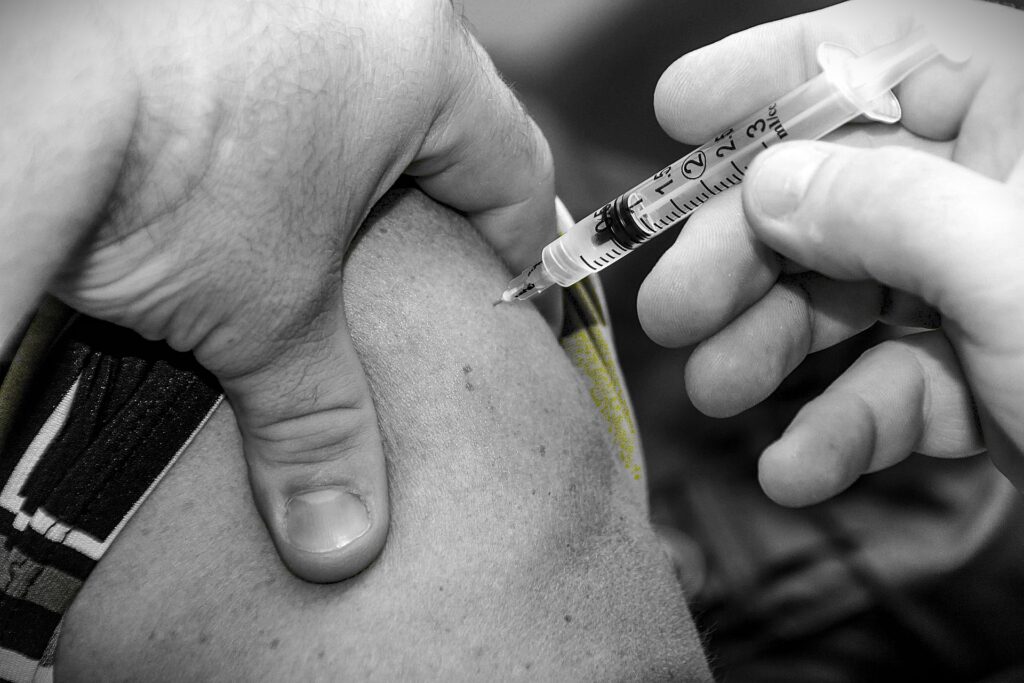
The World Health Organization has taken a significant step in the fight against HIV by officially endorsing injectable lenacapavir as a groundbreaking pre-exposure prophylaxis (PrEP) option. This innovative medication, which only requires two doses a year, marks a pivotal change in our approach to tackling the ongoing epidemic.
So, what’s the deal with lenacapavir, and why is it so important right now?
A New Kind of Weapon Against HIV
Lenacapavir is a cutting-edge antiretroviral drug designed to tackle strains of HIV that have developed resistance to current treatments. What sets it apart is how it works: it zeroes in on the virus’s capsid, the protective protein shell that houses its genetic material. This is a shift from traditional antiretroviral drugs, which usually target different stages of the virus’s lifecycle.
Initially approved in Europe in 2022 under the brand name Sunlenca®, lenacapavir was mainly intended for patients facing advanced treatment failure—those for whom standard antiretrovirals had stopped being effective. Experts emphasized that it wasn’t meant for everyday use but rather for challenging cases that needed careful monitoring and a team approach.
The drug is available in both oral and injectable forms. In clinical trials, patients started with a 14-day oral lead-in before receiving an injection every six months. Recent studies also hint that a weekly oral dose might eventually replace injections in certain situations.
From Last Resort to Frontline Prevention
In June 2025, the United States Food and Drug Administration (FDA) greenlit the use of injectable lenacapavir for HIV prevention, following impressive results from the global PURPOSE 1 and PURPOSE 2 trials. These studies showcased lenacapavir’s effectiveness across various populations, emphasizing its potential to offer long-lasting protection while alleviating challenges like daily pill regimens and the stigma often associated with HIV treatment.
Just weeks later, international guidelines were updated to include lenacapavir as an additional option for PrEP. The announcement was made at the 13th International AIDS Society Conference (IAS 2025) in Kigali, highlighting the treatment as a critical tool—particularly for individuals who face barriers to consistent healthcare access.
“While an HIV vaccine remains elusive, lenacapavir is the next best thing,” stated Director-General Dr. Tedros Adhanom Ghebreyesus.
This transition—from a last-resort therapy to a mainstream preventive measure—signals a major shift in how the drug is perceived.
More Than Just a Shot
Lenacapavir’s appeal goes beyond its effectiveness; it’s also about its simplicity. With just two injections a year, it significantly reduces the need for frequent clinical visits and the challenge of daily medication adherence, two hurdles that often stand in the way of successful HIV prevention.
The updated guidelines also introduce streamlined testing protocols using rapid HIV tests. This change removes a major access barrier by allowing distribution through pharmacies, clinics, and telehealth platforms. The medication complements an existing range of prevention options, including daily oral pills, the dapivirine vaginal ring, and injectable cabotegravir. Together, these tools form a more adaptable and inclusive global strategy.
A Global Call to Action
Despite its promise, access to lenacapavir remains limited outside of clinical trials. Health authorities have urged governments and international organizations to begin integrating the drug into national HIV prevention programs while gathering real-world data on its effectiveness.
This endorsement also opens doors for broader regulatory approval, including potential prequalification and procurement by major global donors—key steps to ensure equitable distribution, especially in areas hardest hit by the virus.
“What we need now is bold implementation… grounded in equity and powered by communities,” emphasized Dr. Meg Doherty, who leads the organization’s Department of Global HIV, Hepatitis, and STI Programmes.
A New Era in the Fight Against HIV
The recognition of injectable lenacapavir as a viable prevention tool represents more than a scientific achievement—it may prove to be a turning point in global HIV strategy. With 1.3 million new cases reported in 2024 and progress stagnating among key populations, the availability of a long-acting, twice-yearly option brings renewed hope.
But hope alone isn’t enough. For this innovation to deliver real impact, rapid and fair implementation is essential. Governments, funders, and healthcare providers must move swiftly to ensure it reaches those who need it most.
Sources
- WHO – WHO recommends injectable lenacapavir for HIV prevention. https://www.who.int/news/item/14-07-2025-who-recommends-injectable-lenacapavir-for-hiv-prevention
- Sidaction – Lenacapavir : pour qui est destinée cette nouvelle molécule ? https://www.sidaction.org/transversal/lenacapavir-pour-qui-est-destinee-cette-nouvelle-molecule/
- WHO – FDA approval of injectable lenacapavir marks progress for HIV prevention. https://www.who.int/news/item/19-06-2025-fda-approval-of-injectable-lenacapavir-marks-progress-for-hiv-prevention
